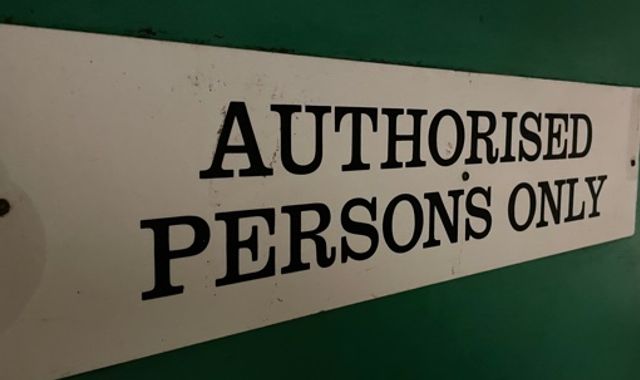Geminid meteor shower predicted to be most dazzling ever thanks to absent moon
Written by News on 14/12/2017
An annual meteor shower is expected to be more dazzling than ever as a lack of moonlight in the UK helps the shooting stars shine brighter.

The Geminid meteor shower, which returns every year, will appear brighter than usual because it won’t be fighting the moonlight.
Those will to brave the cold will be treated to a dazzling display best seen between 1 and 2am on Thursday.
Robin Scagell, vice-president of the Society for Popular Astronomy, said: "Weather permitting, it could be one of the best displays we’ve had for a long time. The last one like this was in 2014, when there was very little moon.
"On average, you should see one or two meteors a minute, maybe 90 per hour under really good conditions.
"Some of the brightest meteors I’ve seen have been Geminids. They move relatively slowly across the sky so are easy to photograph, and you can get one or two fireballs among them."
However, for many, cloud cover overnight between Wednesday and Thursday will inhibit the spectacle.
According to the Met Office, there will be cloud cover across most of the UK, with East Anglia and the west of the country being overcast.
But central regions, parts of the South East, and the east of Scotland, should fare better.
The shooting stars will appear to emerge from a "radiant" point in the Gemini constellation.
Mr Scagell advises looking toward Orion and Pleiades for the best views.
Meteors are small particles, sometimes the size of a grain of sand, shed by icy comets. The Geminids are unusual because they originate from a rocky asteroid, called 3200 Phaethon.
They were first seen in 1862. They enter the orbit an angle, meaning they have a slower closing speed than other comets.
When they hit the air and burn up, they are travelling at 79,200 mph.
(c) Sky News 2017: Geminid meteor shower predicted to be most dazzling ever thanks to absent moon





